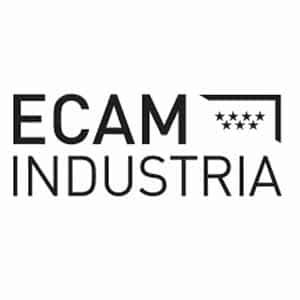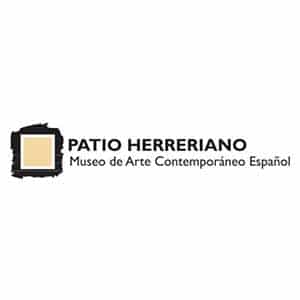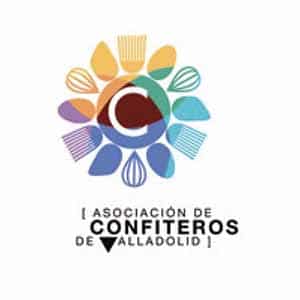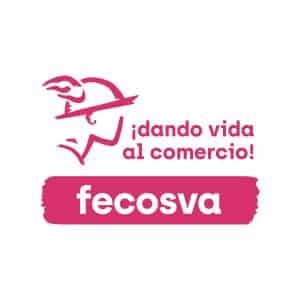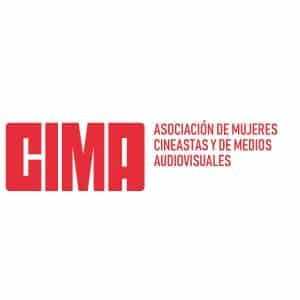Open from 15 October to 3 November in the Exhibition Hall of the San Benito Tourist Office, it brings together objects from the shooting or that formed part of the genesis of the production of the films.
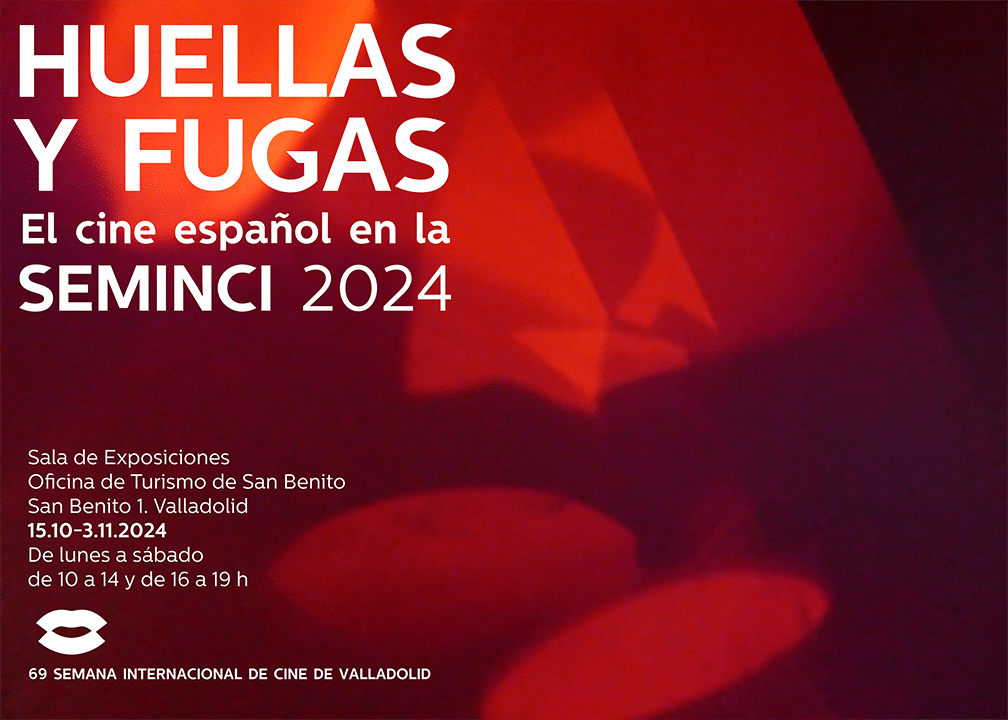
Valladolid,15 October 2024. The exhibition Traces and Fugues. Spanish cinema at SEMINCI unveils the creative and technical process of 17 of the Spanish films that will take part in the 69th edition of the Valladolid International Film Festival (SEMINCI). The exhibition, officially opened today in the presence of the Mayor of Valladolid, Jesús Julio Carnero, and the Director of the Festival, José Luis Cienfuegos, will be on display until 3 November in the Exhibition Hall of the San Benito Tourist Office.
Curated by the visual artist Ramón Isidoro and by the director of SEMINCI, José Luis Cienfuegos, Traces and Fugues was created in this edition with the aim of making known the vast work of production, documentation, research work, creative and technical effort necessary to bring the selected Spanish films to life, and with the ambition of becoming a regular event from this edition onwards.
The documents, costumes, photographs and elements used in the making of the 17 selected films, which will be screened in the Official Section, Meeting Point, Time of History and Alchemies, allow an intimate approach to the imaginations and creative thinking of the filmmakers, as well as enhancing the visibility of their work within the Festival.
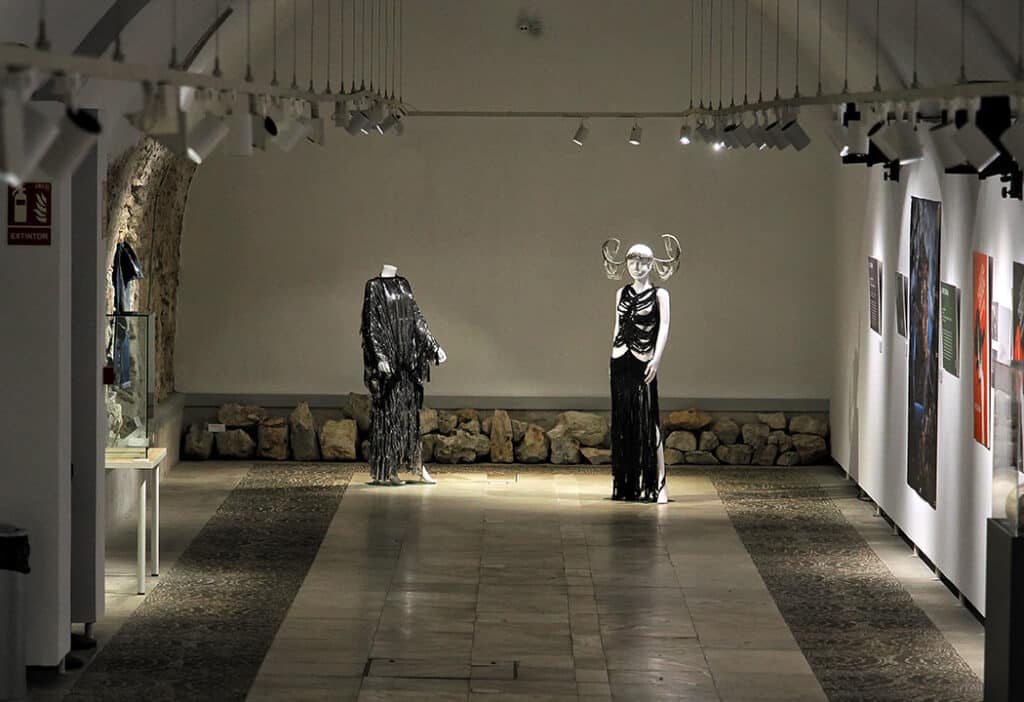
Items related to the documentary Waldo, by Charlie Arnaiz and Alberto Ortega, are fundamental to the narrative of the film and illustrate the career and cultural impact of the musician in the 60s and 70s. For this reason, the letter sent by Stanley Kubrick to collaborate in A Clockwork Orange, the poster of his concert at the Albert Hall in London and the original demo of the version of A Song of Joy, recorded by Miguel Ríos on Hispavox, are on display.
Among the objects included in Traces and Fugues, the dresses worn by Ángela Molina and the dancers of La Veronal in the film They Will Be Dust, by Carlos Marques-Marcet, stand out for their spectacular nature. The designs by Pau Auli, one inspired by a human skull and the other by the art deco style, dialogue with and complement the musical number.
Also striking is the digital print of the painting Un mundo (A World), painted by the Valladolid-born Ángeles Santos in 1919 and currently on display at the Reina Sofía Museum. This painting plays an important role in the story of Marta Nieto‘s La mitad de Ana, as it serves as a mirror of the protagonist’s subconscious. Like the mural from the filming of Jenifer de la Rosa‘s Hija del volcán, it was crucial to the director’s creation of her identity in her search for coherence in the story of her birth and adoption.
In the same way that the jeans in Alberto Gracia‘s La parra; the filming with babies in Mar Coll‘s Salve María; the cybernetic prototype in Miguel Morillo‘s Cyborg Generation, or the red notebook with notes about a generation raised on the periphery in Adrián Orr‘s To our Friends portray, according to the filmmakers, the shooting of these productions.
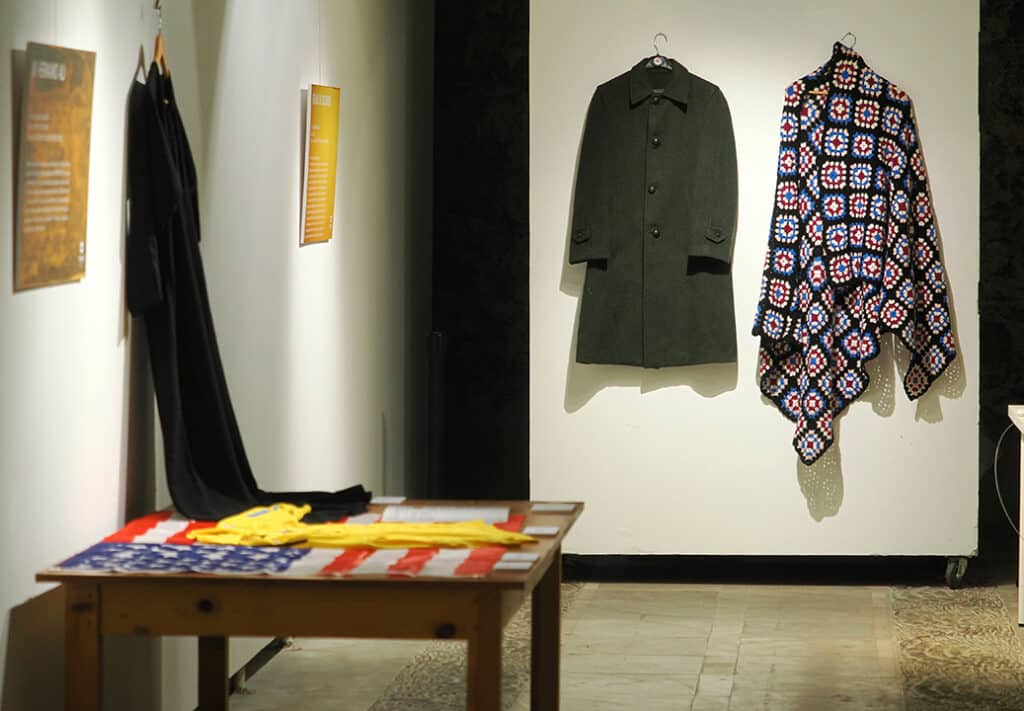
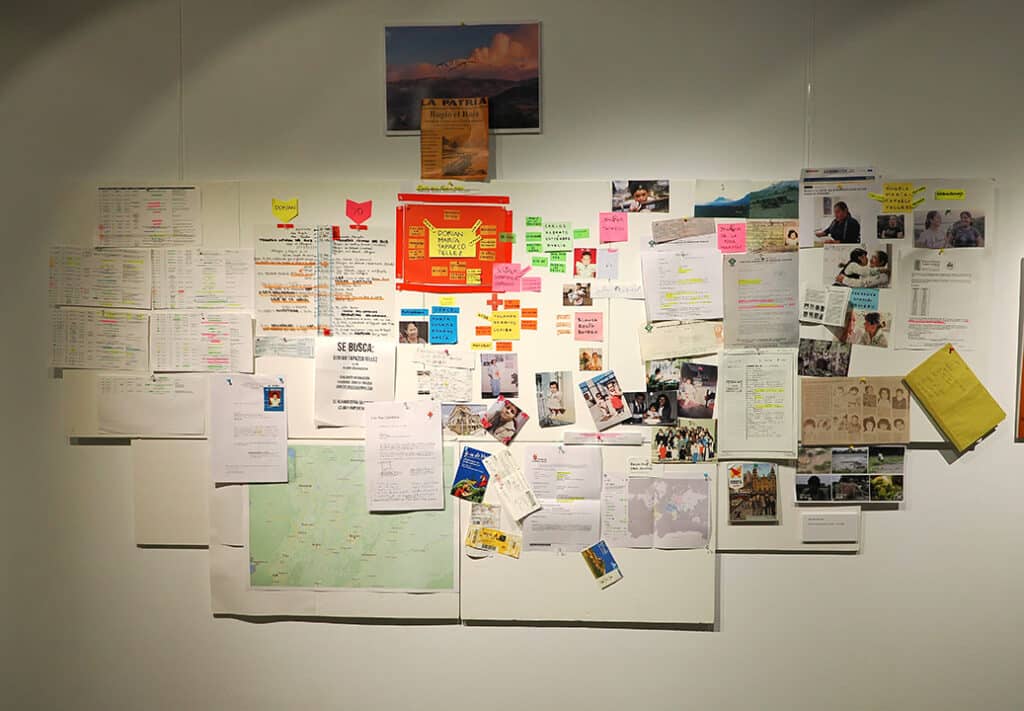
Traces and Fugues brings together real objects that inspired the films and fictitious objects that play a role in them. In the first case, the discovery of scripts, notes and sketches of projects that the filmmaker Fernando Ruiz Vergara never made led Concha Barquero and Alejandro Alvarado to film Caja de resistencia. The exhibition also includes publications and recordings by the group Cantacronache, whose journey through Spain in the 1960s is recounted by Pablo Gil Rituerto in La marsellesa de los borrachos.
While Paz Vega has lent objects for the exhibition that capture the imaginary universe of the protagonist of Rita: drawings, toys and a white dress; Kikol Grau has chosen three objects related to him personally and to his film Turismo de guerra, such as a caricature made by his father and a uniform; and the garden shed where the African migrant is locked up in Elena Manrique‘s Fin de fiesta, a symbolic element of a more complex view of social classes.
From Mi hermano Ali, the director Paula Palacios has selected objects that form part of Ali’s life throughout the 12 years that the film has taken to shoot, from the Somalia national team shirt to a tunic used during his stay in Saudi Arabia. Carolina Africa, on the other hand, has lent a blanket coat from Verano en diciembre; and The Human Hibernation, by Anna Cornudella, a symbolic snakeskin and the blue suits that make up the costumes of the characters. The photos and objects lent by Javier Rebollo contextualise the period, the beginnings of cinema, in which the film En la alcoba del sultán is set.
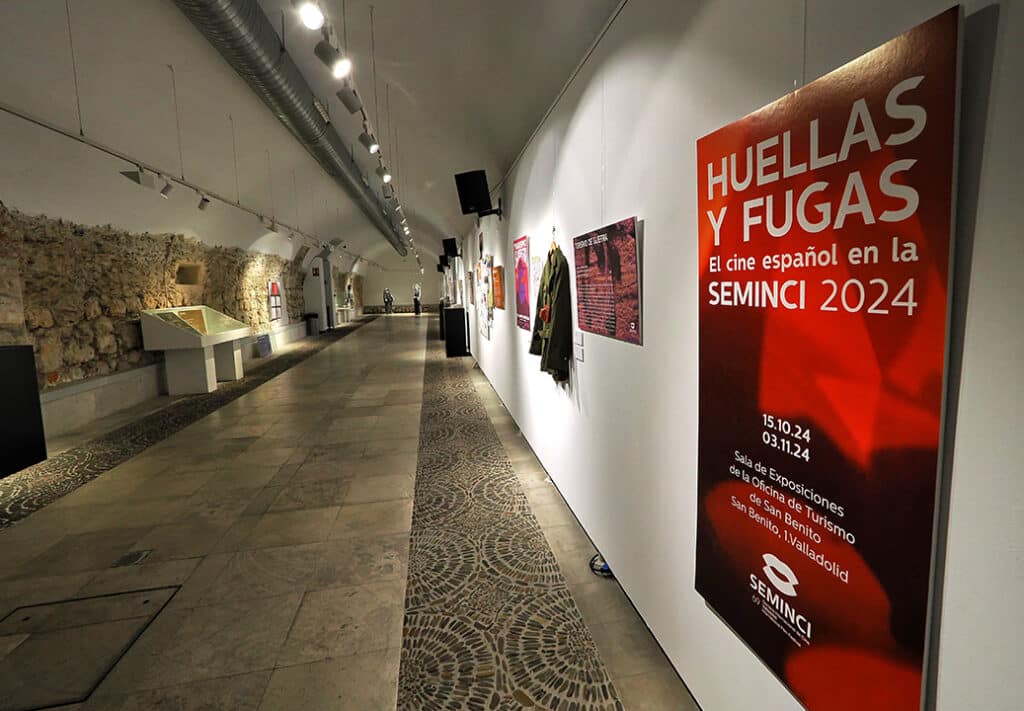
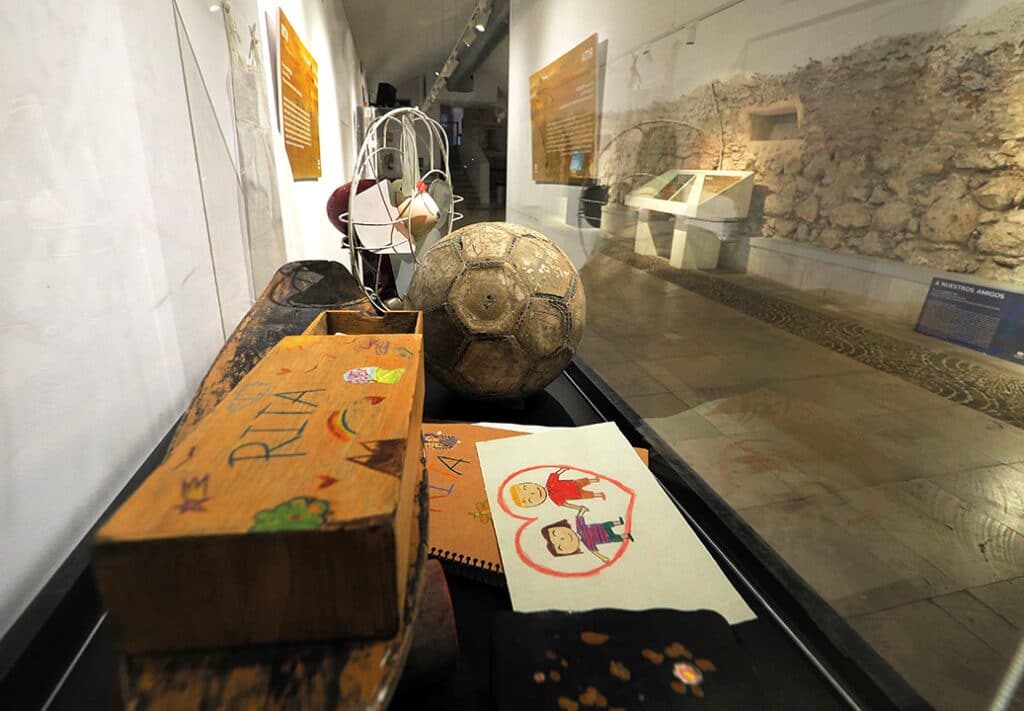
Press contact:
983 42 64 60

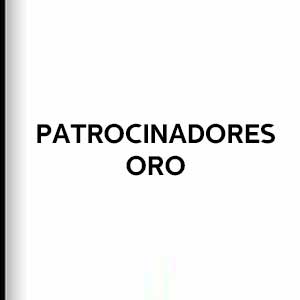
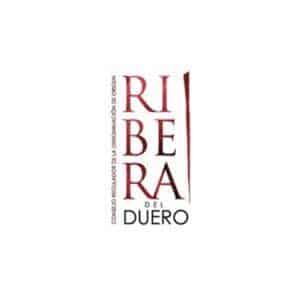
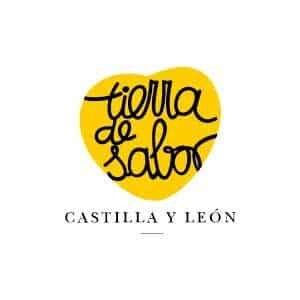

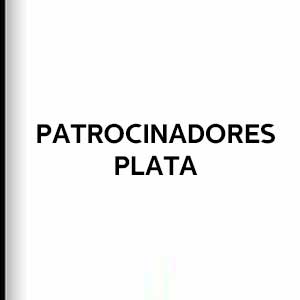



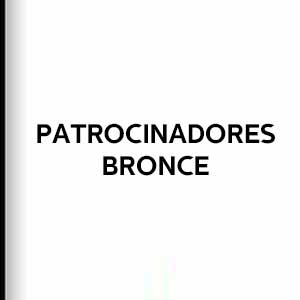
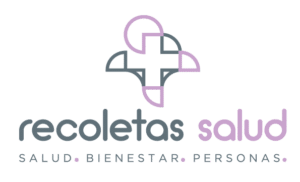
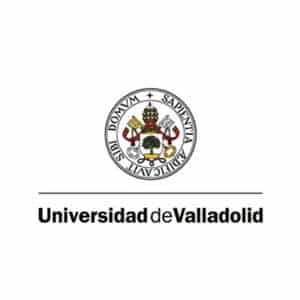

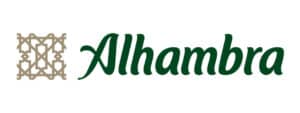

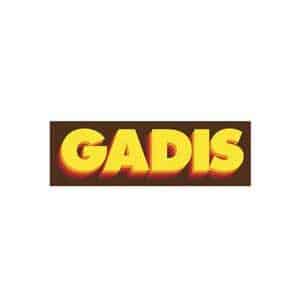
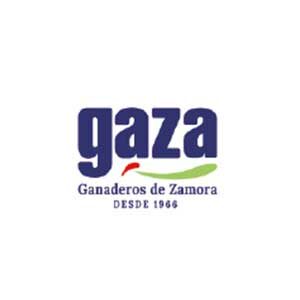
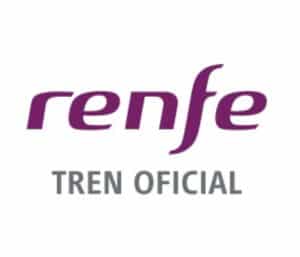
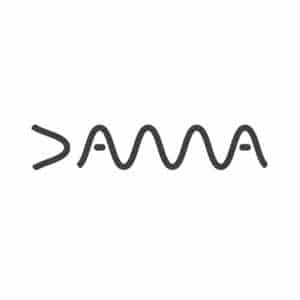
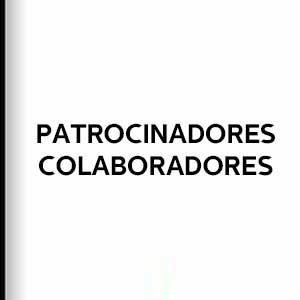
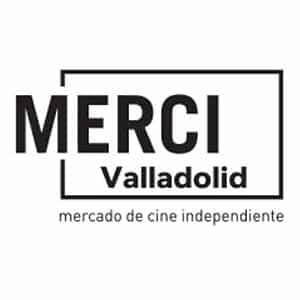
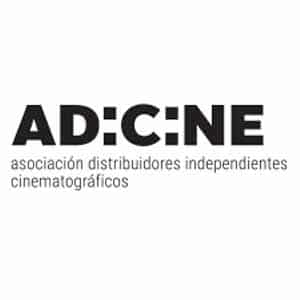
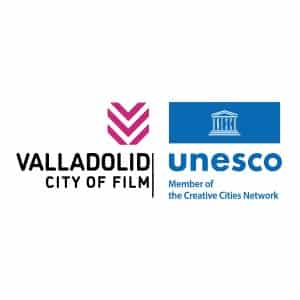
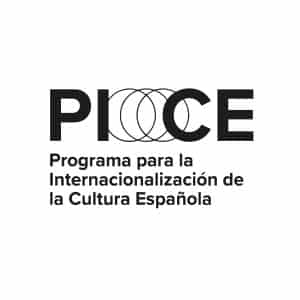
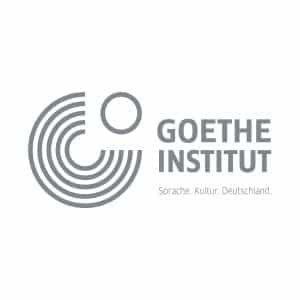
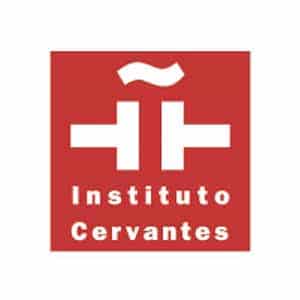
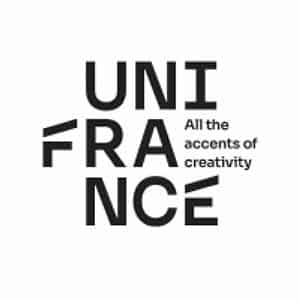
![Logo Foro Cultural de Austria Madrid[1]](https://www.seminci.com/wp-content/uploads/2024/09/Logo-Foro-Cultural-de-Austria-Madrid1-300x76.jpg)
